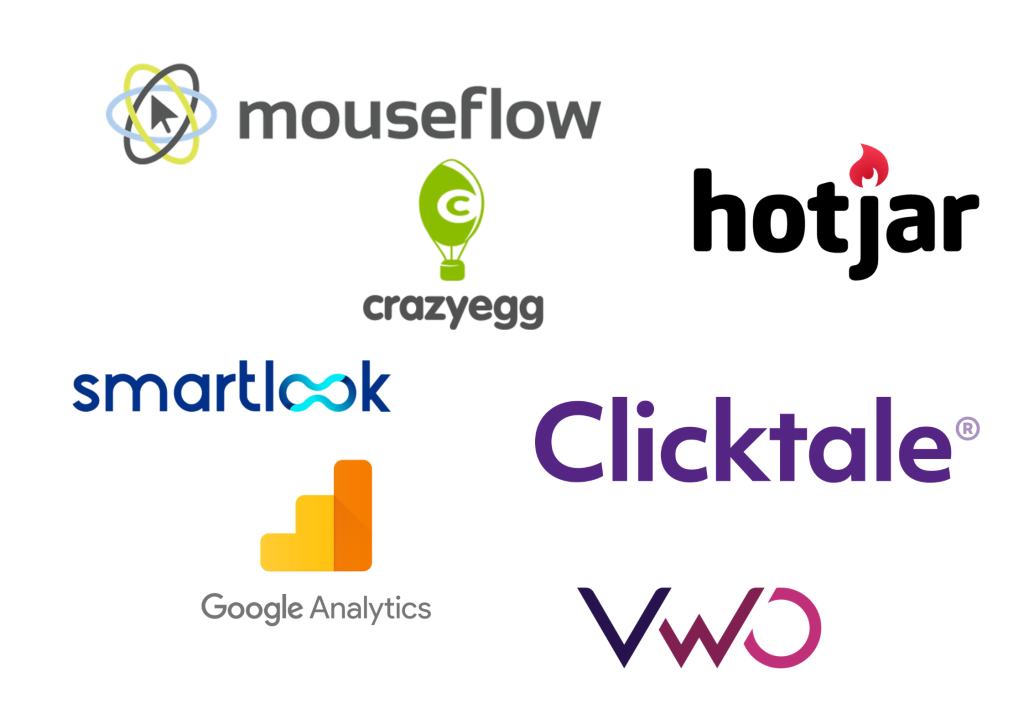
Heat mapping tools have become increasingly sophisticated in 2024, offering valuable insights into user behavior across websites, apps, and digital products. Here’s a breakdown of popular categories and leading contenders to help you choose the right one:
Website Heat Mapping:
- Hotjar: A popular all-in-one platform offering click maps, scroll maps, session recordings, and user feedback tools. Features real-time heatmaps and integrates with various analytics platforms.
- Crazy Egg: Offers basic click and scroll heatmaps alongside confetti heatmaps for visualizing high-engagement areas. Provides user recordings and reports.
- Lucky Orange: Features click maps, scroll maps, session recordings, and real-time user tracking. Offers insights into user behavior across different devices.
- Mouseflow: Focuses on user behavior analysis with comprehensive heatmaps, session recordings, attention maps, and funnels analysis. Offers detailed insights into user journeys.
- FullStory: Provides session replay with heatmaps, funnels, and user attribute data. Offers powerful analysis capabilities for understanding user behavior and optimizing conversions.
Mobile App Heat Mapping:
- Appsee: Captures user sessions and provides heatmaps, funnels, and crash reports for mobile apps. Offers insights into user interactions and app performance.
- Smartlook: Offers heatmaps, session recordings, and user feedback for mobile apps. Features real-time insights and integrates with popular development tools.
- Mixpanel: Provides app analytics with heatmaps, funnels, and user segmentation. Offers insights into user journeys and app performance across different platforms.
- AppAnnie: Offers mobile app analytics with heatmaps and user behavior insights. Features competitive benchmarking and market intelligence.
Open-source Options:
- OpenHeatMap: Free and open-source JavaScript library for creating basic click heatmaps on websites.
- Heap: Free tier available, offering basic click and session recording features for websites. Provides insights into user behavior on a limited scale.
Choosing the Right Tool:
- Needs and goals: Consider your specific needs, such as website vs. mobile app analysis, desired level of detail, and budget.
- Technical expertise: Evaluate the technical skills needed for setting up and using the tool.
- Integrations: Choose a tool that integrates with your existing analytics and development tools.
- Privacy compliance: Ensure the tool complies with relevant data privacy regulations.
- Support: Consider the level of support offered by the tool provider.
Emerging Trends:
- AI-powered analysis: Tools are using AI for automated anomaly detection, pattern recognition, and predictive insights.
- Focus on user experience: Heatmaps are being integrated with user feedback tools to provide a holistic view of user behavior and preferences.
- Privacy-first design: Tools are being developed with privacy in mind, offering features like anonymization and data masking.
Explore different options, consider free trials, and involve your marketing and development teams in the selection process to ensure the chosen tool empowers you to optimize user experiences and achieve your digital goals.
Say goodbye to the hassles of bike ownership! MotoShare.in offers affordable rentals, whether you need a scooter for errands, a bike for a road trip, or a reliable ride to explore new cities.

 Starting: 1st of Every Month
Starting: 1st of Every Month  +91 8409492687
+91 8409492687  Contact@DevOpsSchool.com
Contact@DevOpsSchool.com
